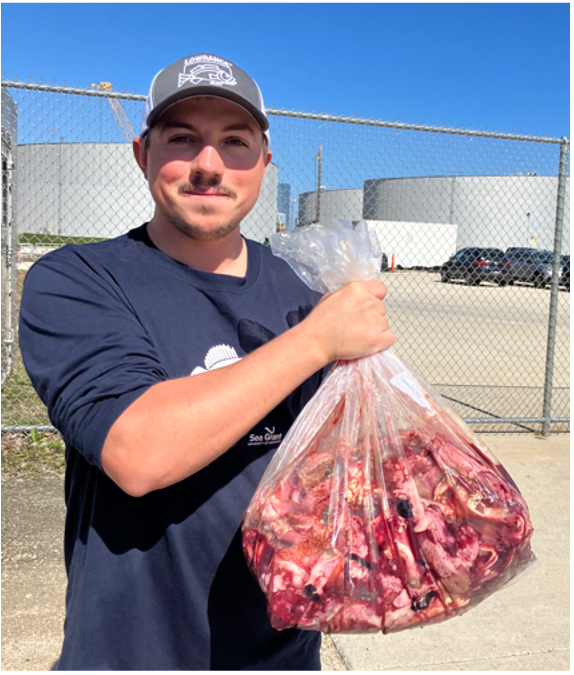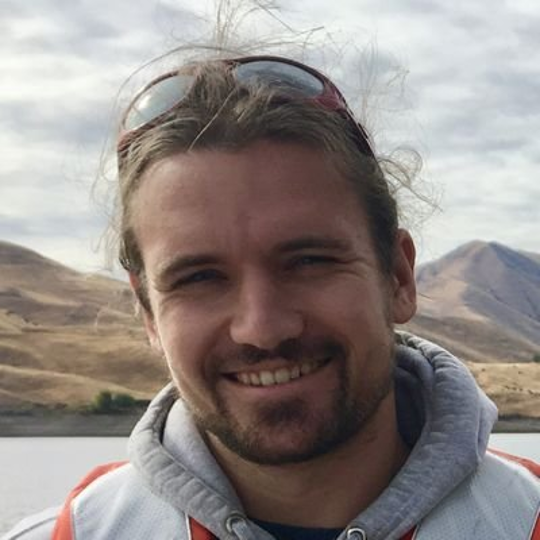During summer, beaches around the Great Lakes are sometimes posted as “closed” due to high levels of bacteria. Unfortunately, most closures are based on data from water collected the previous day, so by the time a beach is closed to the public, the pollution could already be dissipated, and the threat to public health gone – making the closure needless. Not to mention that swimmers were most likely frolicking in polluted water the day before the testing.
The processing time for the water-quality samples is one associated problem. Wisconsin Sea Grant researchers from the University of Wisconsin-Oshkosh are working on ways to speed up the processing time and accuracy of beach water-quality samples to help public safety and avoid unnecessary beach closures. Better testing can even help local economies that rely on beach tourists. The researchers have also found that water-quality testers don’t need a Ph.D. in microbiology to perform accurate analyses. The results of their study were published in the Journal of Great Lakes Research.
Working from a lab at the Crossroads at Big Creek Center in Sturgeon Bay, Wis., Greg Kleinheinz, a professor of environmental engineering technology at UW-Oshkosh, and his team studied a new method of beach water quality testing: quantitative polymerase chain reaction, or qPCR for short. The U.S. Environmental Protection Agency recently approved qPCR as a method to make surface water regulatory decisions, such as beach closings.
Instead of the traditional method of having to grow and incubate E. coli or Enterococcus bacteria for 18-24 hours, qPCR testing involves simply filtering the water sample and extracting the filtered DNA. Then the DNA is analyzed to determine what organism the genetic material came from. “That could take only two hours, if you’re moving quickly,” Kleinheinz said.
The researchers’ study area encompassed eight beaches in Door County, Wis., and compared qPCR testing to the more traditional methods.
“The advantage of this molecular method is that it’s faster,” said Kleinheinz. “If there was a problem with the water quality, you could close the beach that same day, take another test, and open it up the same day if the elevated bacteria reading was just from some short-term environmental factor.”
With more beach testing programs switching to the faster qPCR method, Kleinheinz wanted to ensure that the investment in the associated technology and new infrastructure is worth it, especially for rural areas like Door County.
They found that about 60 percent of the time the results of the various test methods agreed with each other in terms of beach openings and closing. In particular, the highest agreements were between the qPCR
test and the E. coli test (known to beach managers as Colilert).
“That was a really good thing,” Kleinheinz said. The majority of the tests offered true negative or true positive results. “The moral of the study is, each beach behaves a little bit differently with these different testing methods. If you’re contemplating switching methods, it’s important to evaluate each location on its own to understand how the change in methods may influence how a beach is managed,” Kleinheinz said.
Accuracy with beach closures is important, especially in an area like Door County, which attracts more than 2 million visitors per year and has 30 beaches within a half-hour’s drive of each other. Kleinheinz said that such visitors typically spend about $50 per person per day. This can have a significant impact on the local economy because beaches often average hundreds of visitors throughout the day in summer. “If we don’t have to close beaches unnecessarily, that’s important for the local economy,” he said.
The Crossroads Lab research staff is made up of undergraduate and graduate students, mainly from UW-Oshkosh, who do not have extensive molecular biology training. Despite this, they were able to accurately perform the qPCR tests, which suggests the method can be used by minimally trained individuals in the small labs that are often found in more rural and remote communities.
“Beach work is exciting because it combines environmental, public health, economic and social benefits. Everyone in Wisconsin can go use the beach. Not everybody can go to a water park. So we need to ensure that we have healthy places that are accessible to all socioeconomic groups of people in Wisconsin, and that’s the goal of the beach work we and other researchers are doing,” Kleinheinz said.





